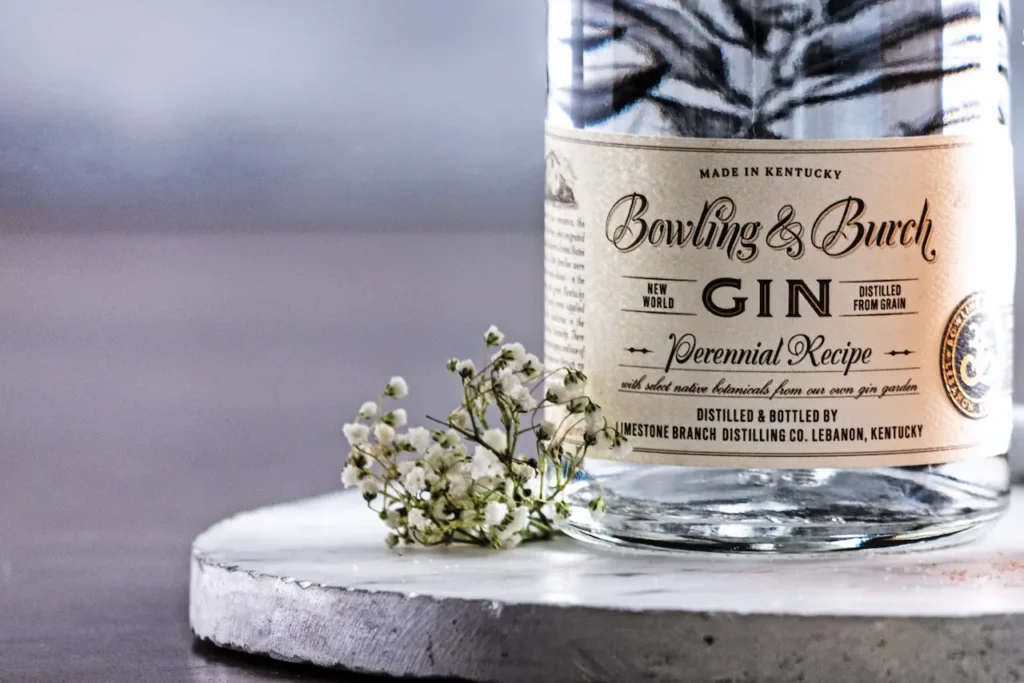While there are a seemingly infinite number of gin brands on the market today, you can count on one hand all the gin styles.
They all have two things in common, though: the fact that to be classified as gin in the U.S., they must be no less than 40% alcohol by volume (ABV), or 80 proof (37.5% in the E.U.). And they must be made by infusing neutral spirits with botanicals (notably juniper berries) during distillation.
After that, some differences begin. While there are a few outliers as well, these are the main five gin styles:
London Dry
Perhaps the most familiar and common gin style, London Dry dates back to the early 19th-century gin craze in England. But nowadays, a London Dry can be made anywhere and refers less to the flavor and more to the process: All the flavor ingredients are extracted before or during distillation — nothing further can be added later. Taste-wise, there is little to no sweetness in a London Dry.
New World
While Bowling & Burch utilizes a similar vapor distillation method common to London Dry gins, it more properly belongs in the New World gin category because of its extensive use of botanicals — a hallmark of New World gins — in addition to juniper. Bowling & Burch uses 17 botanicals in all, many of which are grown onsite at the distillery. In our case, the difference makes for a gin that’s a tad sweeter than most London Drys, with both floral and fruity notes, and a slightly lighter feel on the pallet.
Plymouth
Made only by the Plymouth Gin Distillery in the south of England, this style of gin dates back to 1793. While technically a London Dry style, it’s more of a distant cousin, with a less juniper-forward profile, more citrus, a touch of spice, and a soft palate.
Navy Strength
Legend has it that 18th-century British naval vessels stored their gin allotments near the gunpowder below decks. If any gin leakage occurred, the gunpowder would still spark if the gin were over 109 proof, or Navy Strength. Today, a gin is considered such once it reaches 57% ABV (114 proof).
Old Tom
This is another antique style of gin dating back before column stills came of use. Hence it’s usually a richer and sweeter gin than London Dry, as sweeteners (sugar or frequently licorice) can be added after distillation. And Old Toms are sometimes colored due to use of a malt base and/or barrel-aging.
The Outliers
Genever (or Jenever) is a Flemish forerunner of gin usually fashioned from a malted wine spirit base rather than a neutral spirit base. It tends to be sweeter and earthier than its descendants, but it’s not considered an actual gin.
Sloe Gin is a sweetened gin-based liqueur commonly used for mixing in dessert cocktails.
By Way of Illustration….
To create your own hands-on version of this primer, check out our guide to hosting your own gin tasting.

